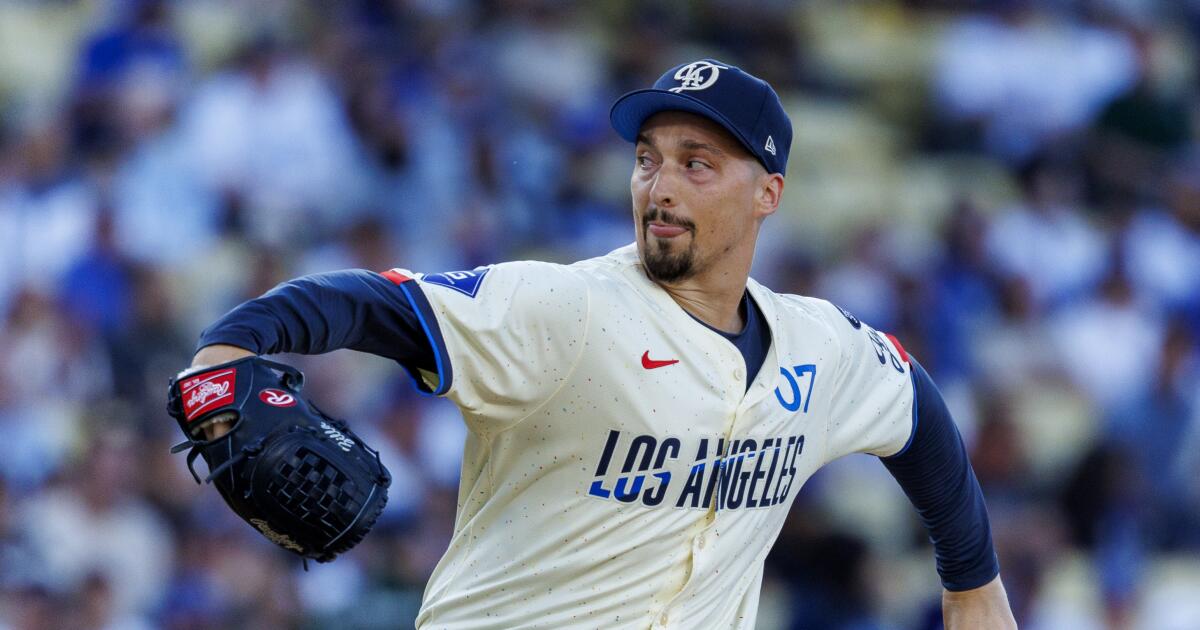Recent studies have highlighted a concerning issue regarding brain health in young athletes who participate in contact sports. Researchers discovered that signs of brain change appear even before any formal diagnosis of Chronic Traumatic Encephalopathy (CTE) occurs.
Dr. Cherry, one of the study’s authors, noted that they were looking into early brain changes in those who play sports like football and soccer. He emphasized that the focus is not just on concussions but also on “sub-concussive” impacts that athletes can face repeatedly. These impacts happen hundreds of times, significantly more than the occasional hard hit.
To investigate, scientists analyzed brain tissue from 28 men aged 25 to 51. They did this via RNA sequencing, comparing samples from athletes and non-athletes. The results were eye-opening: even players without a CTE diagnosis showed signs of inflammation and blood vessel damage. These changes occurred similarly to those seen in athletes with low-stage CTE.
Dr. Josh Morganti, a neuroscience expert, pointed out the potential for developing treatments targeting these early brain changes. It suggests that interventions could slow down or prevent the progression towards severe brain conditions like CTE.
Statistically, recent research indicates that about 56% of neurons are lost in certain brain regions of athletes due to repetitive impacts. This neuron loss might affect their attention and decision-making abilities, leading to slight impairments. Even without CTE, some young athletes may experience these subtle challenges.
As awareness of brain injuries grows, parents and coaches often wonder about the right age for kids to start contact sports. Dr. Cherry suggests it’s less about finding a “safe age” and more about minimizing risks. Possible solutions could include delaying the start of contact sports or using flag football as an alternative.
Overall, as the conversation about brain health in sports becomes more prominent, it’s crucial to focus on preventive measures. Understanding these early changes might pave the way for safer practices in youth sports.
For more information on the impact of brain injuries in sports, you can visit this Boston University study.




.png?quality=80&format=jpg&crop=145,0,673,940&resize=crop&w=480&resize=480,480&ssl=1)

















